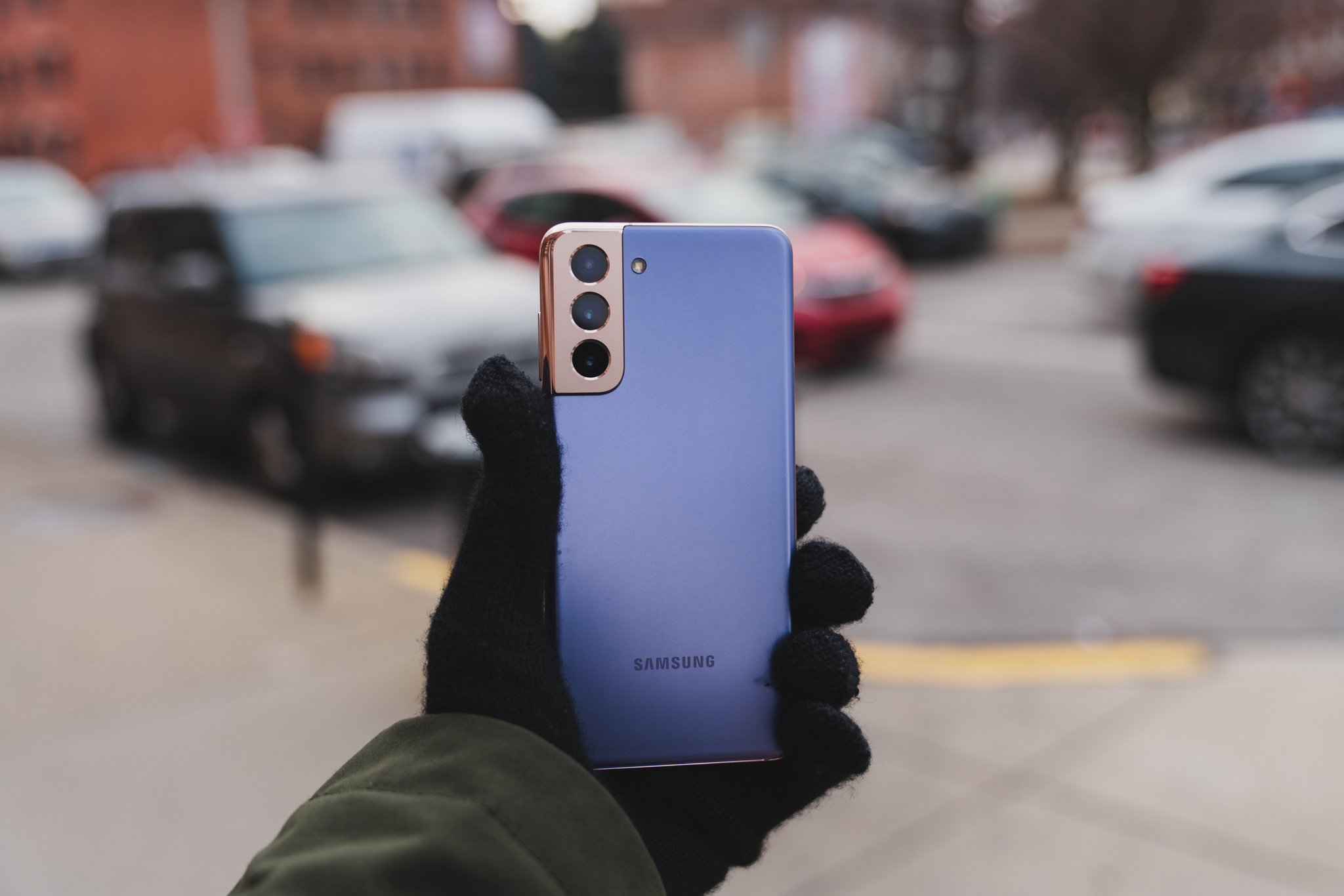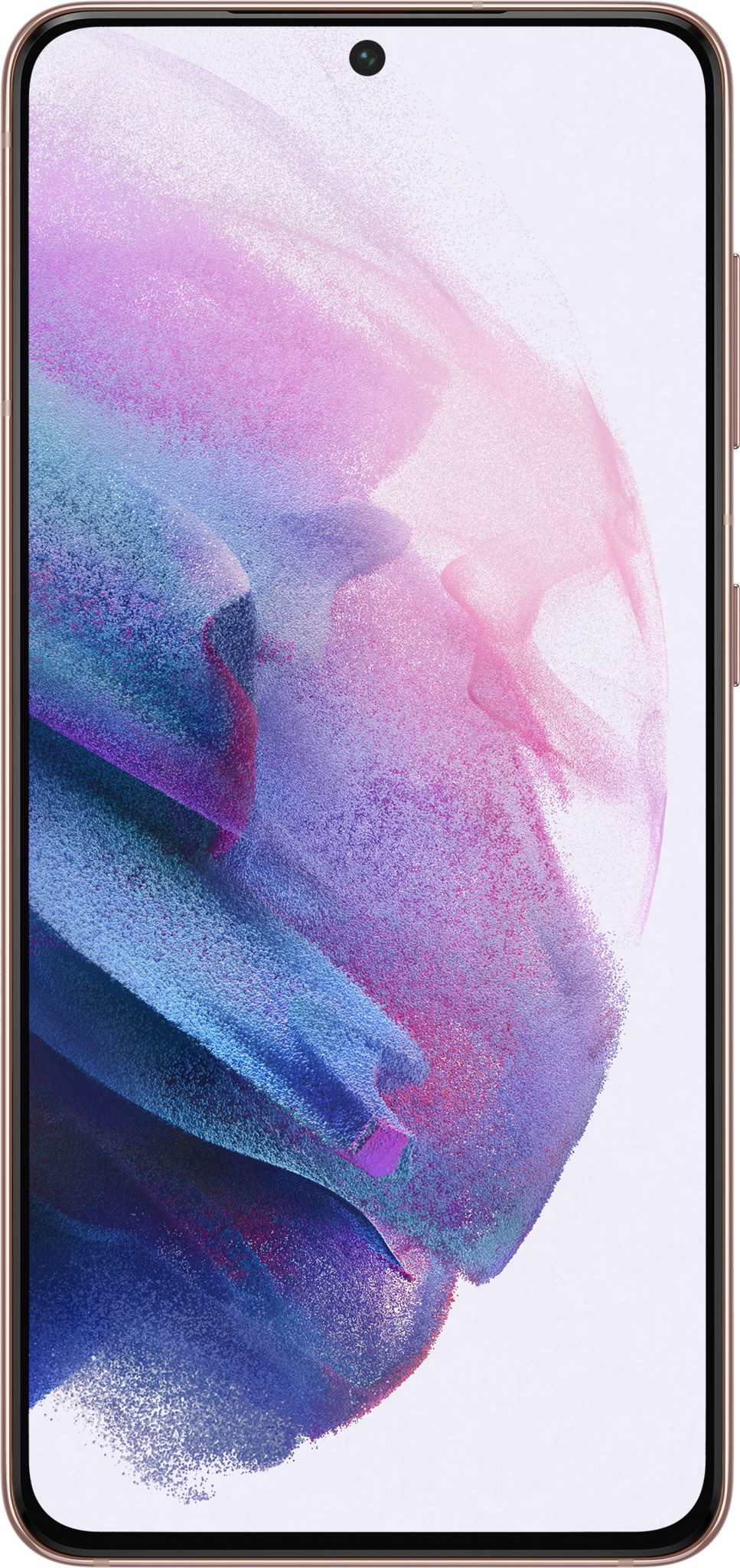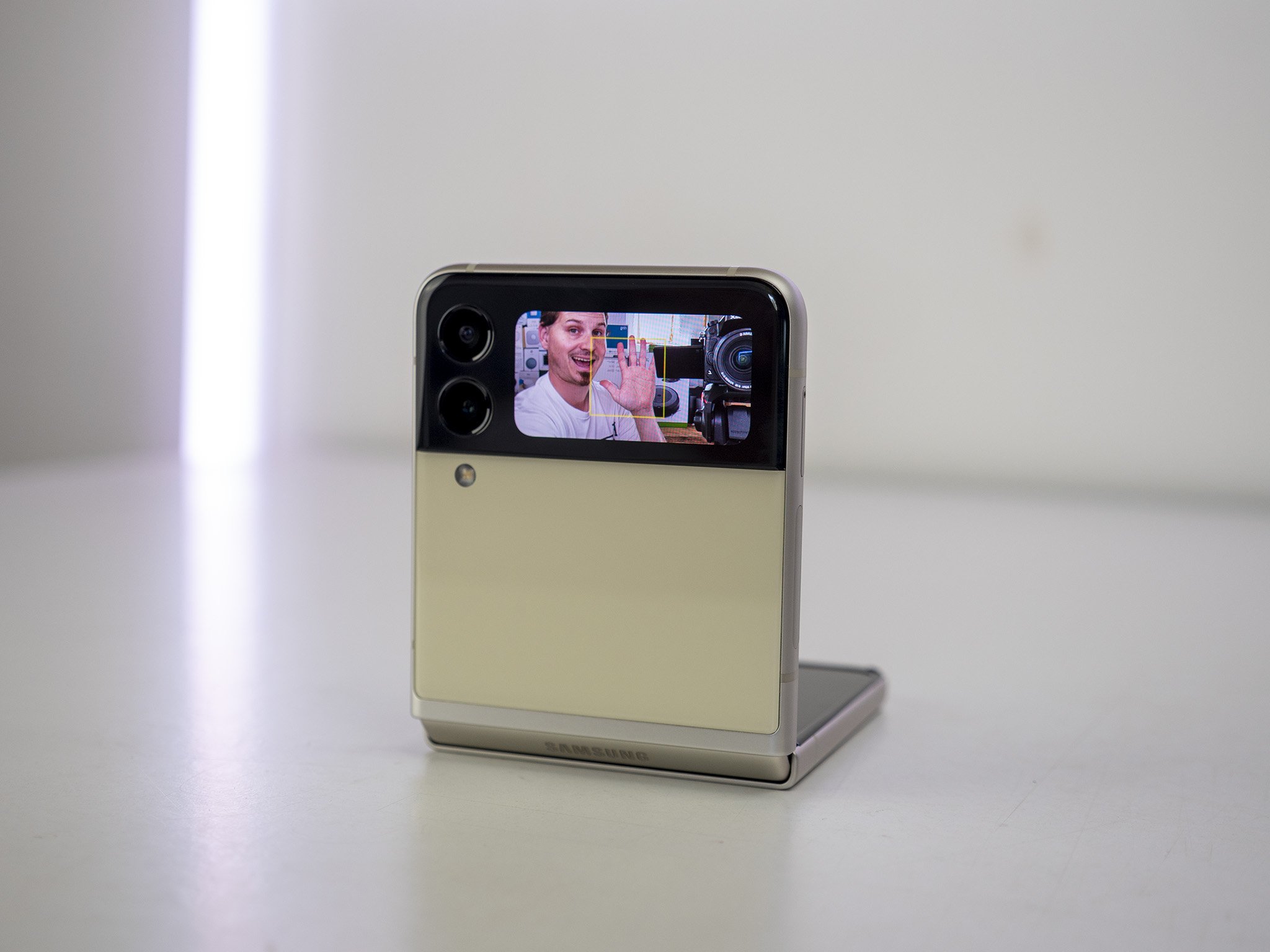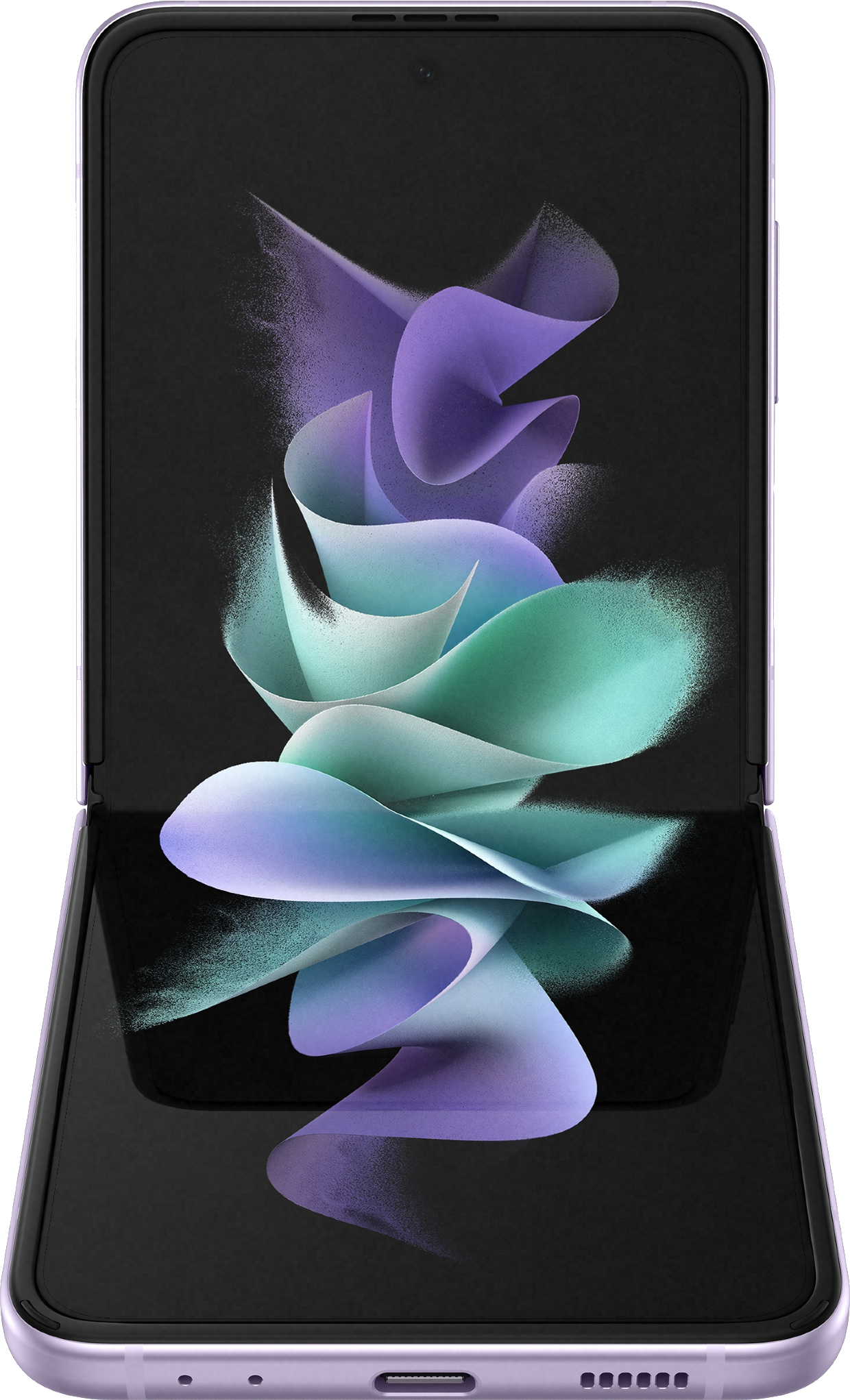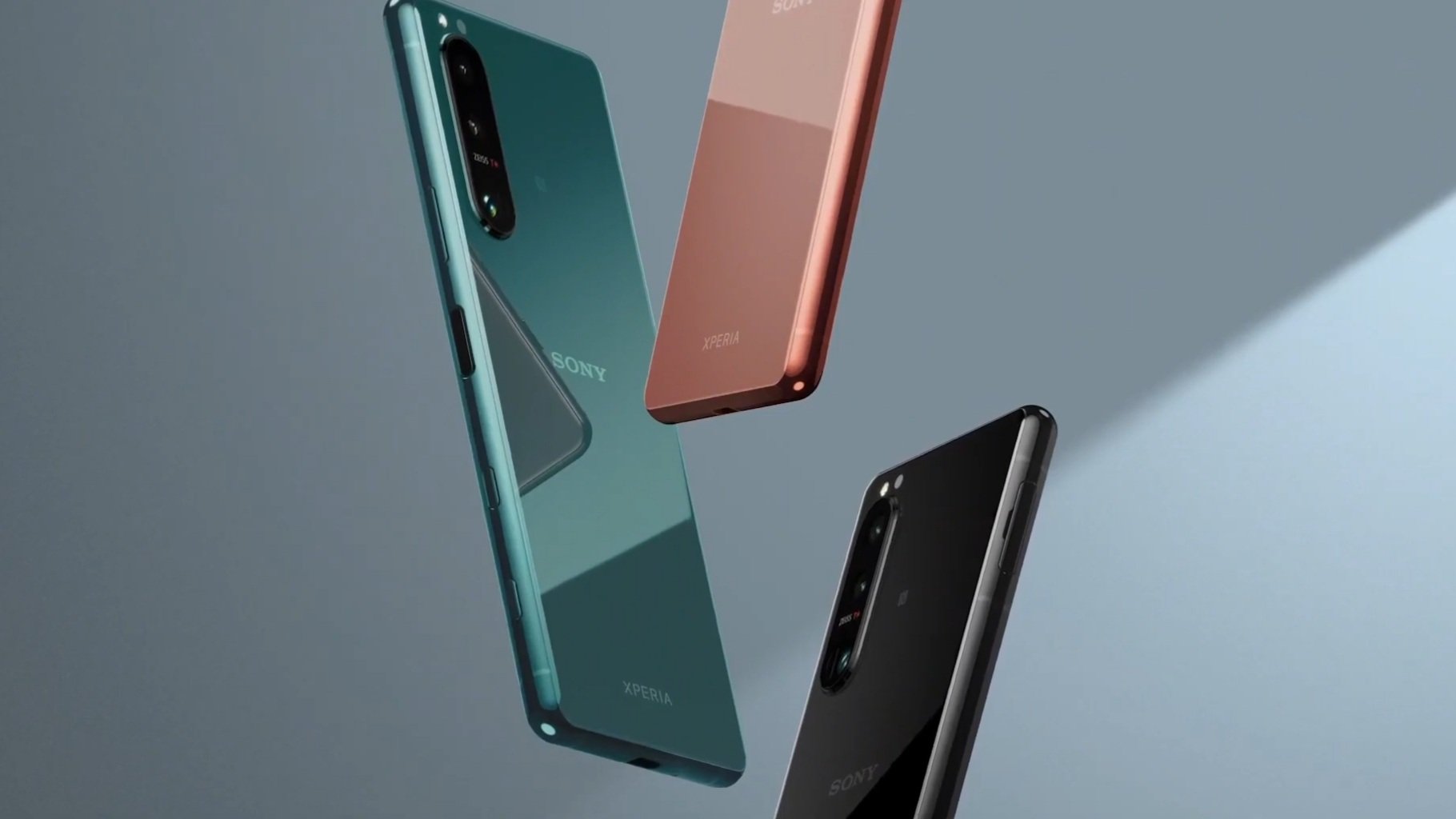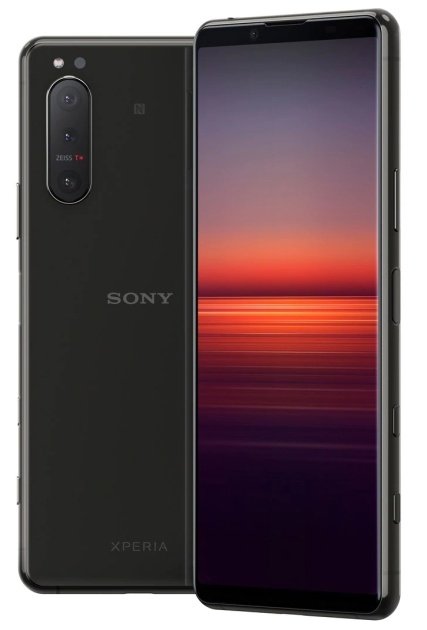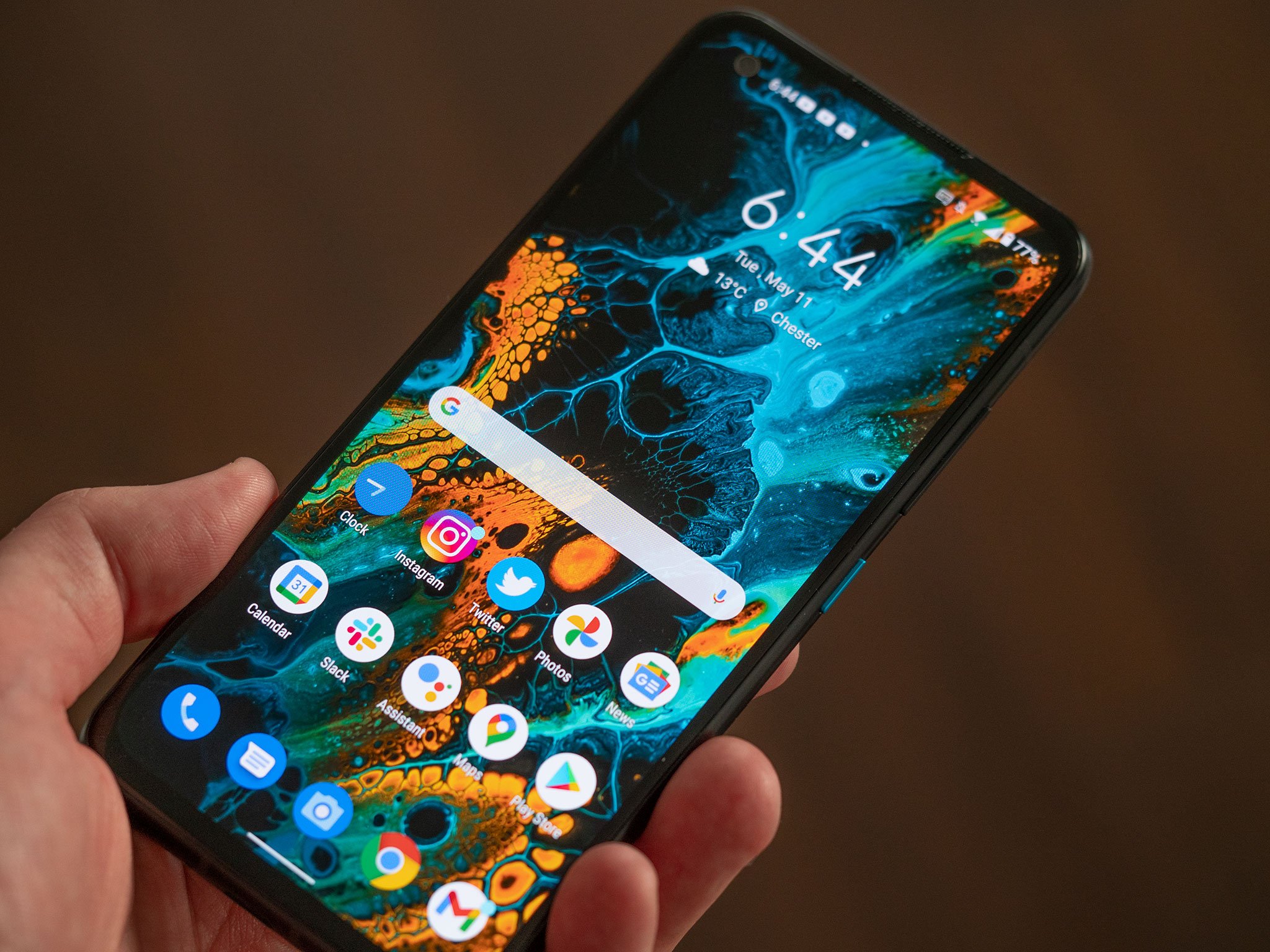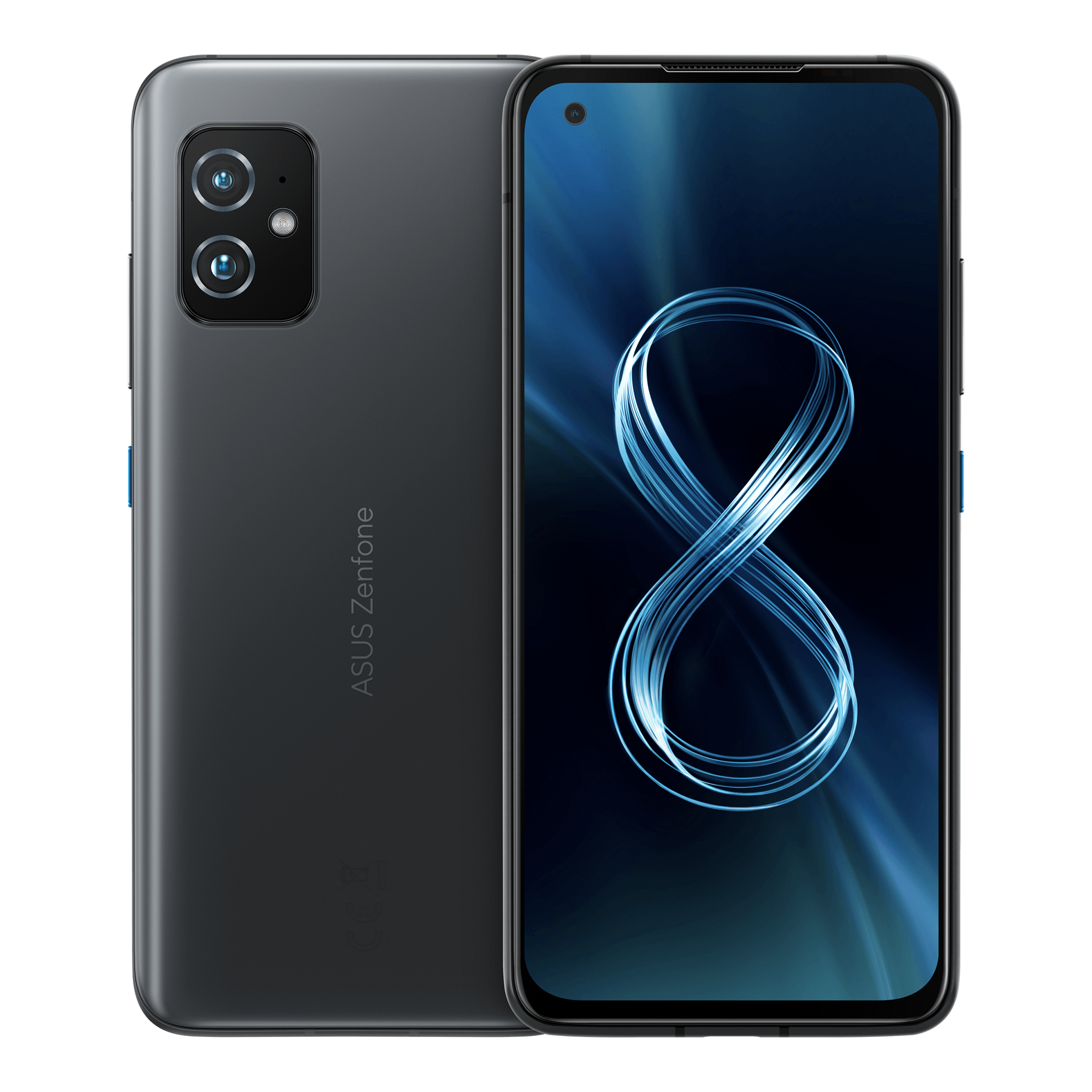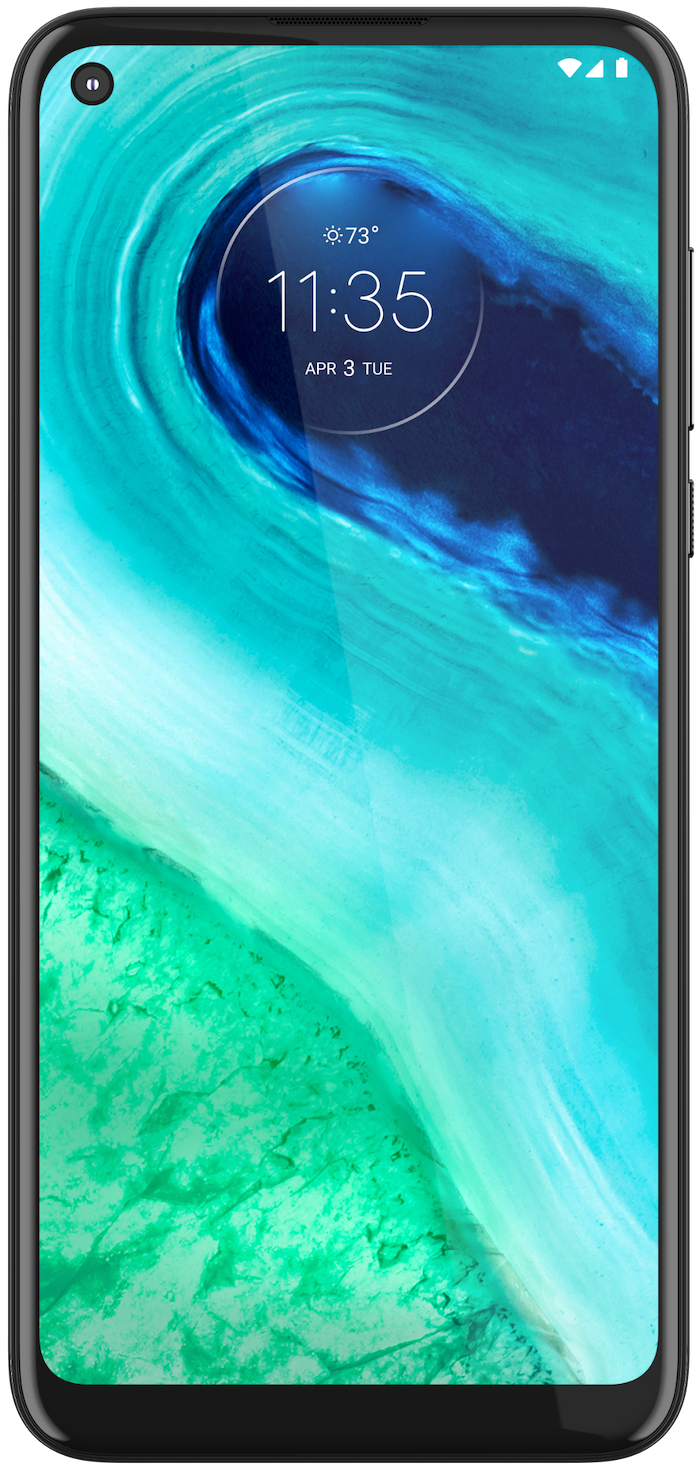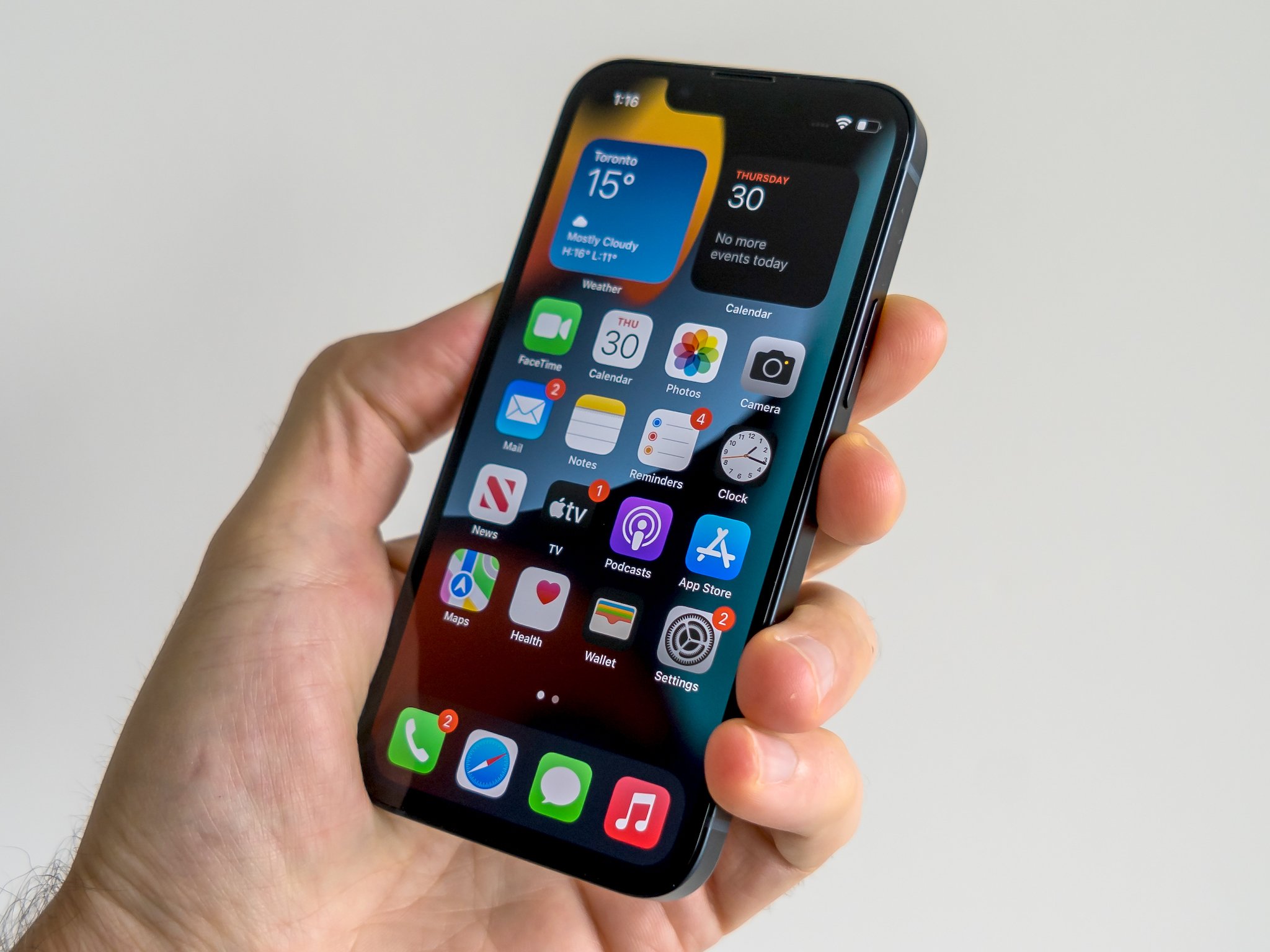These small Android phones fit your hand and pocket perfectly
In just a few short years, big phones have gone from being an outlier to the norm in the smartphone industry. Just about every major device released these days has a larger physical size, and while that's great for watching movies and playing games, it can be a challenge for those who prefer phones to be small and compact. Thankfully, there are still plenty of options out there, including the Google Pixel 5a as our top overall pick. So if you're looking eagerly at that iPhone 13 mini but don't want to switch over to iOS, these are the best small Android phones you can buy.
Best overall: Google Pixel 5aRegardless of size, the Pixel 5a is just one of the best Android phones you can buy right now. Admittedly, it may already be showing some age, especially from a design standpoint, but it's still tremendous value.
As you'd expect from any Pixel, the Pixel 5a takes incredible photos, taking Google's computational photography prowess into its own performance. Whether you're shooting in broad daylight or trying to take a picture of the night sky using the Astrophotography Mode, the Pixel 5a delivers the goods. Images are crisp, full of color, and consistently look great relative to how affordable it is. You get these great results every time you press the shutter button, and that reliability isn't something always found on much more expensive devices.
Outside of its camera, the Pixel 5a doesn't skimp out in any other regard. The 6.34-inch display really bends the rule on what a "small phone" is, but it's wieldy enough for you to pull it off. It's big enough for enjoyable content consumption while still being manageable in one hand, and thanks to an OLED panel with a Full HD+ resolution, everything you do on it looks excellent. You can also look forward to a snappy performance from the Snapdragon 765G processor, much-improved battery life, and ample storage (128GB, to be exact).
Unfortunately, it has an uninspired design, looking nearly identical to the Pixel 4a 5G and only coming in one color. Plus, it lacks expandable storage and, as we mentioned, isn't the smallest phone on this list.
Pros:- Two-day battery life
- Screen is easy to read outdoors
- Decent camera for the price
- IP67 dust and water resistance
- Still has rear fingerprint reader and headphone jack
- Works with all U.S. carriers
- No expandable storage
- Boring design
- Not the smallest on this list
Like a champ
The Pixel 5a isn't as small as others are, but its price makes it feel that way with an excellent balance of specs, features, and price.
Best flagship: Samsung Galaxy S21Samsung's return to truly small phones with the Galaxy S10e back in 2019 was a breath of fresh air, and since then, we've yet to get a proper successor. So while the Galaxy S21 may not be quite as small as some people were hoping for, this is still a seriously great package that you don't want to overlook.
In regards to size, the S21 packs a 6.2-inch display. That might sound intimidating on paper, but in real-world use, it's extremely comfortable to use. With tight bezels, a flat display, and a lightweight design thanks to the plastic back, the Galaxy S21 is one of the most user-friendly flagships we're bound to see in 2021. The display is also top-notch, featuring an AMOLED panel, Full HD+ resolution, and 120Hz refresh rate for buttery smooth animations.
Qualcomm's latest Snapdragon 888 chipset is at the heart of the S21, and as you'd expect, this allows for some of the best performance currently available in a smartphone (in addition to sub-6 and mmWave 5G support). There's also 8GB of RAM and your choice of 128 or 256GB of internal storage. The triple-camera system is unchanged from last year's Galaxy S20, but to be perfectly honest, that's not a bad thing. Between the 12MP primary camera, 12MP ultra-wide camera, and 64MP telephoto camera, you'll be able to take some nice shots with the S21.
The biggest downside to the S21 is, unfortunately, battery life. It's far from unusable, but if you're rocking the 120Hz refresh rate and have an active 5G connection, don't expect to make it through more than one day of use.
Pros:- 120Hz AMOLED display is incredible
- Amazing performance with Snapdragon 888
- Great triple-camera system
- Android 11 with One UI 3.1 interface
- Promised three years of software updates
- So-so battery
- Larger than other phones on the list
Samsung's small(er) flagship
The Galaxy S21 isn't the tinniest phone you can get in 2021, but if you're after a true flagship experience, it's a great buy.
Hold a foldable: Samsung Galaxy Z Flip 3 5GFoldable smartphones have gone from being a pipe dream to a reality, taking on a few different shapes and sizes. The Samsung Galaxy Z Flip 5G was Samsung's first attempt, while Motorola tried its throwback with a reimagined RAZR (2020). By virtue of simply folding in half, the device is small and compact. Samsung also finally figured out how to put in a usable display on the outside with the Galaxy Z Flip 3.
That 1.9-inch AMOLED Cover Display makes it handy to use the rear camera to take selfies, among other things. While that makes certain features easier to access, like selfies, notifications, and audio recording, it's not big enough to handle more intricate tasks.
Once you flip the phone open, you're looking at a 6.7-inch Dynamic AMOLED screen (2640x1080) that features a taller 21.9:9 aspect ratio, making it slightly narrower and more ergonomically friendly. However, it also stands out because of the type of material used to make it. Samsung used better glass this time, which doesn't feel like plastic like the previous Z Flip did.
Powering the phone is a combination of the Snapdragon 888 processor, 8GB of RAM, and 128GB or 256GB of internal storage. Those specs make it a capable device, and the combination of Android with Samsung's One UI proves to work well on top of that. Unfortunately, not all apps take advantage of the Flip's ability to prop up halfway, though you can utilize it with the camera app for selfies or video calls. YouTube also works pretty well, but the pickings remain slim beyond that.
The Galaxy Z Flip is also unique in that it uses two batteries that combine to form the 3,300mAh capacity. Of course, that doesn't make it the most efficient battery out there, but it should hold up well in most situations. Plus, you can charge it wirelessly, so that compact size comes with extra perks.
Pros:- Still solid specs
- Better Cover Display
- Decent battery life
- One UI 3.1 is sleek
- Fairly good cameras
- Incredible design
- No telephoto lens
- Display is somewhat fragile
- Not especially durable
The flip-phone returns
Samsung's Galaxy Z Flip 3 isn't cheap, but it's a compact experience unlike any other if you can stomach the price.
An alternative option Sony Xperia 5 IIThis phone borrows heavily from the Sony Xperia 1 II, making cuts in size inside and out. The smaller frame still gives you a 6.1-inch FHD+ OLED with a 120Hz refresh rate and 240Hz touch sampling rate, so visually, there's something good to look at. You won't be getting 4K resolution on this panel, but that's fine if you don't mind a step or two lower at 2520x1080.
The Xperia 5 II is also easier to wield, not just because of its smaller stature, but also a wise decision to go with rounded corners. A separate Google Assistant button also stands out, though it's more like a multifunction key that you can customize to do something else. Strangely, Sony opted to go with an enlarged lock button to double as the fingerprint sensor when just doing an onscreen one would have probably made more sense.
In any case, there are some decent performance specs, courtesy of the Snapdragon 865 chipset, along with 8GB of RAM and 128GB storage (there's also a 256GB variant). That makes it more than capable of handling pretty much any task, even if the chipset itself may feel a bit aged. Streaming media is easy, and if you want to do some gaming, that's easy enough, too. There's even a headphone jack in case that's useful.
A good IP68 rating gives the phone some decent water resistance, which may compel you to take a few risks when shooting with its capable camera. The triple camera array in the rear can take good shots, with more true-to-life color that might please your eye if you take photography more seriously. However, the front-facing sensor is modest 8MP and not quite as good as other comparable phones.
The 4,000mAh battery holds up well because of its larger size relative to the phone's slimmer frame, and that's more than enough to last a full day, every day.
There is one big caveat to all this: The Xperia 5 II isn't compatible with 5G networks in the U.S., so go for this if you're still running on 4G LTE.
Pros:- Sharp and colorful display
- Strong performance
- Solid camera output
- Long-lasting battery
- Good water resistance
- Odd fingerprint sensor
- Only works with T-Mobile and AT&T
- No access to 5G networks in U.S.
More than you think
The Sony Xperia 5 II may not have been on your radar, but it does many essential things well enough to be worth it.
A more compact choice: Asus Zenfone 8Last but not least, we have the Asus Zenfone 8. Asus doesn't often make headlines in this part of the world with its phones, but the Zenfone line has had a few wins in its short history, and this version is a pretty good choice if you're looking for the right combination of size and functionality. There are a few different variants as far as memory and storage capacity go, but the rest of the phone runs on the same specs.
Once upon a time, a 5.9-inch display would've been big, but nowadays, it feels compact. And that's why the Zenfone 8 is one of the smallest phones to run on Qualcomm's Snapdragon 888 processor, including an impressive 120Hz display with a 240Hz touch response rate. Add the varying RAM and storage options, and you get a lot for something that isn't as sizeable as other handsets are.
It also sticks to the basics, like a headphone jack, while pushing boundaries on durability with an IP68 rating. The phone's front has Corning's Gorilla Glass Victus to add some extra ruggedness to the device. Beyond its solid hardware and software performance, the only real question is what kind of upgrade cycle Asus plans to stick to for this phone.
The cameras can take great shots, though you don't get a telephoto lens to zoom in optically. An amply-sized 4,000mAh battery is also more than enough to keep the phone going for a full day with little to get in the way. Unfortunately, no wireless charging means you'll need to plug in for extra juice, but it supports 30W wired charging via USB-PD.
Pros:- Compact and easy to hold
- Slick performance
- Excellent main and ultra-wide cameras
- Cleaner Android software
- 3.5mm headphone jack
- No wireless charging
- No telephoto camera
- Android update cycle unclear
- Only works with T-Mobile and AT&T
Go the smaller route
The Zenfone 8 is lighter in your hands, but not in what it offers and how it performs, making it an excellent choice to consider.
On a tight budget: Moto G FastBudget phones don't come with reputations, though they should come with measured expectations because they're clearly dialed back to bring the price down. The Moto G Fast very much falls in that boat, but when your needs aren't all that extensive and you want something easier to hold, it does check both those boxes pretty easily. It's basically a repackaged Moto G Power without the same specs and price tag.
To be clear, a big reason why this device made this list is because of its size. The 6.4-inch display is hardly small, but feels that way, thanks to the overall design. You have to accept the lower 720p resolution, which may not be a big deal if you don't care to do all that much with the phone. If your eyes don't really discern much of a difference, or you simply don't care, then this might be the phone for you.
The modesty extends to a lightweight Qualcomm Snapdragon 665 processor powering the device, which is the same chipset found in both the Moto G Power and G Stylus. Except the G Fast is limited to 3GB of RAM, so multitasking will reach its limits if you're actively using several apps at once. The fingerprint sensor is fairly responsive and accurate, and Android runs smoothly when you're not pushing things too far on the hardware side. It's unclear what kind of update cadence Motorola plans to stick to for the phone, however.
Camera output is going to be as good as it gets for something in this price range. Decent shots in good conditions and not so good when the lights dim. That's the same for the battery, which lasts a long time, thanks to its 4,000mAh size and the lighter specs. So you should breeze through a full day with plenty left to spare.
Pros:- Great build quality
- Long-lasting battery life
- Fast and reliable fingerprint sensor
- Compatible with all U.S. carriers
- Very low price
- You have to accept a 720p display
- Not enough RAM or storage
- Terrible mono speaker
- Motorola's update policy
When you just need less
The Moto G Fast isn't going to wow anyone with what it brings to the table, but that's fine when you don't need to have it all.
For Apple users: iPhone 13 miniThe iPhone 13 mini carries on from its predecessor, as Apple continues to support one of the smallest phones it makes. However, unlike the lower-cost iPhone SE, the 13 mini is a combination of a more diminutive size with the performance capabilities of the company's other premium handsets. The obvious focus is on the 5.4-inch OLED (2340x1080), and with a relatively small frame around it, it's easily one of the smallest phones you can wield today.
It's always nice when hardware and software can run this well on a device this size. The A15 Bionic chip is a steady performer, and with iOS 15 running smoothly, it's as intuitive as you'd expect an iPhone to be. Apple's tendency to also support its phones with years of updates (assuming they won't throttle it in any way) will also keep the 13 mini relevant for some time.
The two 12MP cameras now include a Cinematic mode for video that lets you play around with focus in ways that can make clips look and feel like Hollywood. Photo quality should ideally look better, but given this is a minor upgrade over the 12 mini, results should mirror what you get with the larger iPhone 12. You won't get quite the same quality as the 13 Pro models, so don't expect images to look the same.
Trimming things down also means a smaller battery. We don't know the actual size because Apple doesn't talk about the iPhone 13 mini's battery, but it claims that it can do better than before. That's not a guarantee longer-term. Unfortunately, there's still no USB-C, so you will have to charge via Lightning, wireless, or MagSafe charging.
Pros:- A15 Bionic is a powerful chip
- Wide and ultra-wide camera setup
- IP68 dust/water resistance
- Qi and MagSafe charging
- Great size for one-handed use
- Up to five years of OS and security updates
- Still pricey for what you get
- No USB-C port
From $700 at AppleFrom $829 at AmazonFrom $700 at Best Buy
Go the smaller route
Apple returns with the smallest of the latest iPhones, putting the iPhone 13 mini in line with its larger sibling.
Bottom lineThe market for small Android phones isn't as expansive as it used to be, but there are still plenty of choices out there if you know where to look. Among everything currently available, we think the Google Pixel 5a is the best one you can get.
Google found a way to perfect the small phone formula with the Pixel 4a, which was attractive and well-built. The Pixel 5a gets bigger and may not be what everyone considers "small" but it has capable specs across the board, comes in at a price that's more than reasonable, and can still be considered small by modern phone standards. Using the Pixel 5a is pretty darn great no matter what you're doing, often punching above what you'd expect from a phone this cheap.
What's special about the Pixel 5a is that it goes above and beyond regarding camera and software. These are two areas that the Pixel does better than anyone else, and with the Pixel 5a, you get those benefits while staying within your budget.
Credits - The team that worked on this guideTed Kritsonis loves taking photos when the opportunity arises, be it on a camera or smartphone. Beyond sports and world history, you can find him tinkering with gadgets or enjoying a cigar.
